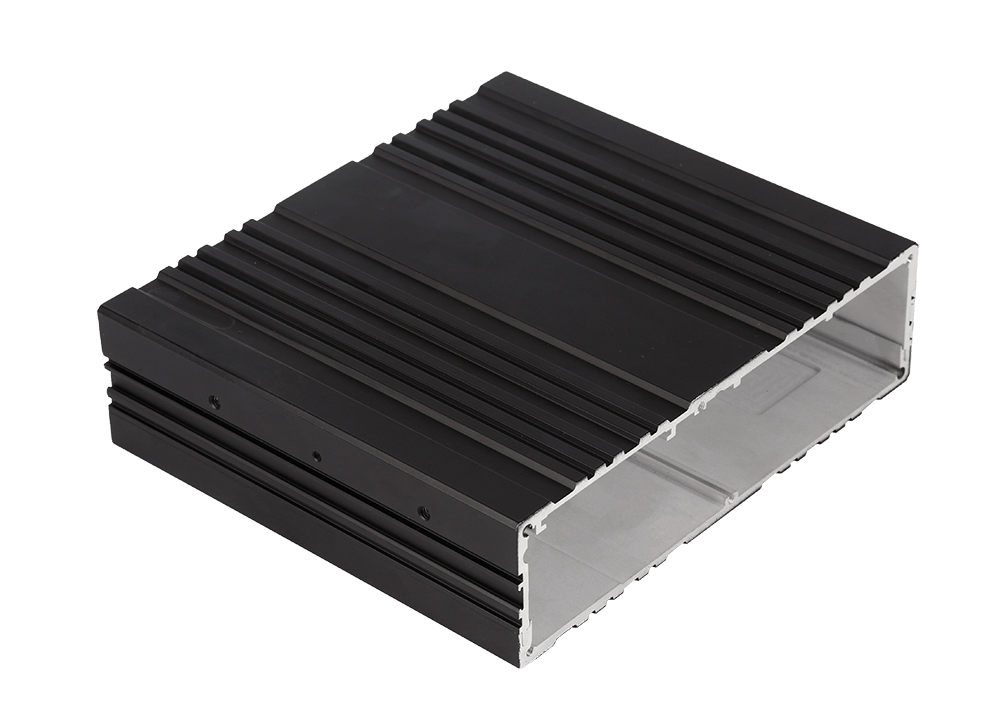Time:2023-03-08 Preview:
The main problem of the choice of a knife is the stiffness of the knife, which should be prevented or eliminated as much as possible. The main points of consideration are as follows;
1. Choose the diameter of the large inverted rod as much as possible, close to the diameter of the pores.
2. Choose a short knife arm (working length) as much as possible. When the working length is less than 4 times the diameter of the knife rod, you can use a steel knife pole. It is best to use a hard alloy knife rod when the processing requirements are high. When the working-length is 7-10 times the diameter of the knife, the small hole is made of a hard alloy knife, and the punching knife is poured. When the working-length is 7-10 times the diameter, a shock-absorbing knife is used.

3. The main corner is greater than 75 °, close to 90 °
4. Choose a coating -free blade variety to reduce the cutting arc radius and the tip radius.
5. The precision processing uses a positive cutting blade (front corner) blade and tool, and the rough processing uses a negative cutting blade (negative front angle) blade and tool.
6. When the depth is not through the holes, there must be cooling measures, and compressed air (gas -cooled) or cutting solution (chip and cooling) can be used.
7. Select the right, fast knife handle fixture.
 Related News
Related News·CNC spark machine ·Requirements for workpiece smoothness and cutting tools in CNC precision parts machining ·Structure and performance characteristics of vertical lathes ·What are the advantages of CNC precision machinery processing? ·The main role of the connector contact plating using the electroplating process ·Why is CNC monitored and adjusted during the machining process? ·How much do you know about the general principles of drafting process routes for CNC machining? ·High speed machining center ·Fault analysis and exclusion of computer carving machines ·The role of precision machining processes


